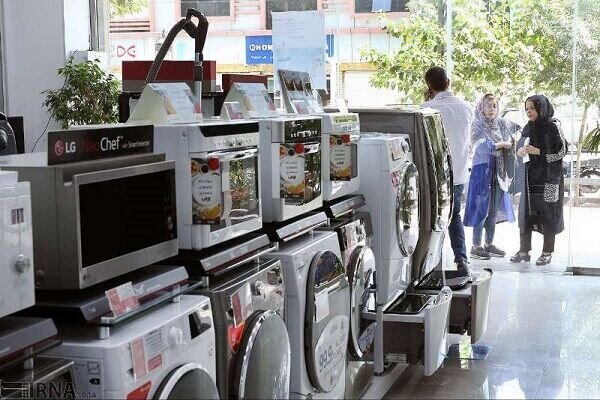Home appliance production grows 10% amid market challenges

TEHRAN – Iran’s home appliance industry has seen a 10 percent increase in production during the first 10 months of the current Iranian year (March 20, 2024-January 19, 2025), despite ongoing market stagnation, IRNA reported.
Manufacturers in the sector continue to struggle with various challenges, including energy imbalances leading to frequent gas and electricity outages, a complex raw material procurement process, lengthy currency allocation procedures, rising operational costs, and the persistent issue of smuggling.
Although a ban on the import of foreign home appliances has been in place since 2018 to support domestic production, foreign-branded appliances remain widely available in Iranian stores, having entered the market through illegal channels.
Due to the avoidance of customs duties, insurance, taxes, and other operational expenses, smuggled goods are often sold at lower prices than high-quality Iranian products, creating an unfair competitive environment that negatively impacts domestic manufacturers.
On February 5, Ebrahim Sheikh, Deputy Minister of Industry, Mining, and Trade for Public Industries, stated in a press briefing that the ministry's policy is to make Iranian products more competitive internationally, adding that an import ban is not a viable solution.
He acknowledged that while most components of home appliances are currently imported, technological advancements are also being introduced into the country. He emphasized that the government's strategy focuses on scaling up production, with domestic home appliance output increasing by over 10 percent compared to the same period last year.
Smuggled goods hold $2b share of Iran’s home appliance market
Omid Fazelinia, Secretary-General of the Iranian Home Appliance Manufacturers Association, told IRNA that an estimated $2.0 billion of Iran’s approximately $7.0 billion home appliance market is controlled by smuggled products, accounting for 30-40 percent of total market share.
Criticizing the lack of strict enforcement against smuggling, Fazelinia noted that domestic manufacturers must pay around 30 percent of their product’s final cost to the government in taxes, value-added tax, import duties, and other fees, while smugglers evade these costs.
"Smugglers have a 30 percent cost advantage over domestic producers due to tax and duty exemptions," he said. "We support fair competition, but it must take place on a level playing field."
He estimated that the real cost of loans for manufacturers stands at 42.5 percent, whereas foreign manufacturers supplying smuggled goods effectively benefit from zero-interest financing.
Fazelinia also pointed to energy shortages, power and gas outages, and high operational costs—including wages and rent, which make up 40 percent of production costs—as major hurdles for the industry, leaving many factories operating at reduced capacity.
EF/MA
